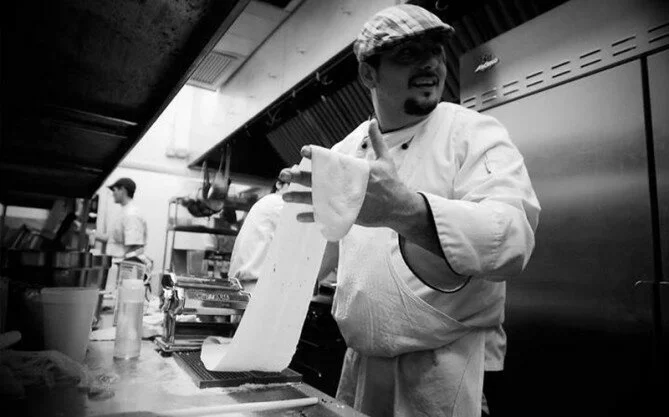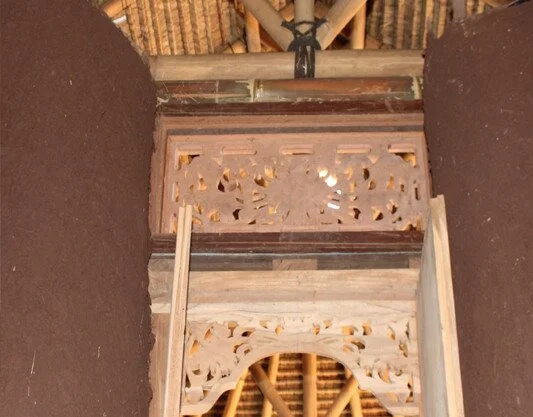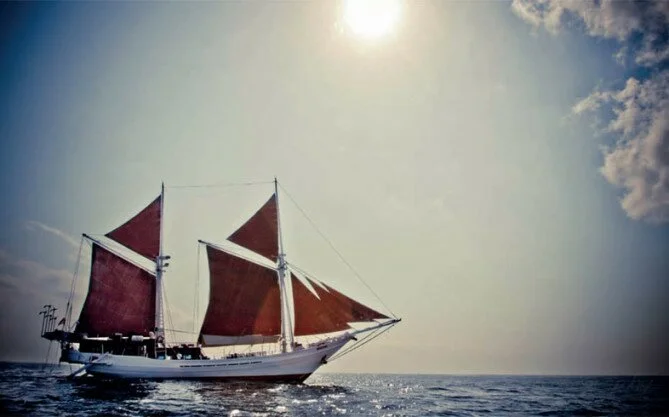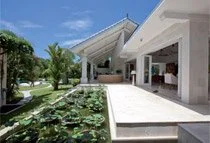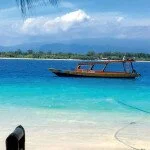The Sekatong peninsula in southern Lombok hides a series of paradise islands, relatively untrodden by the tourist crowds and urban commercialisation that some feel have plagued Bali and, to a lesser extent, Lombok’s more well-known northern regions. Indeed, this is why the area has provided a haven for both local and international tourists eager to delight in what many still consider the true, hidden side of Indonesia – a tropical Eden surrounded by clear skies, turquoise waters, white sands, a sense of tradition, and a simply breathtaking location.
It is also proving a boon for investors who are flocking to the region to cash in on a burgeoning tourism industry that is looking for a balance betweenauthenticity, world class facilities and five star comforts.
The southern Gili region stretches from Lembar Harbour in the east to the famous surf point of Bangko Bangko in the west, and offers a resort-ready view of beaches and bays set against picturesque rolling hills. It is made up of thirteen small but idyllic islands They include the 12.5-hectare Gili Nanggu, a white-sandfringed paradise, which is about to be developed into a luxury boutique private island resort and luxury villa development by a Hong Kong based company. Neighbouring Gili Asahan is virtually untouched, with only one small dive resort currently hosting visitors. Others, including the unspoilt Gili Tangkong and Gili Sudat, are only an short, outriggerboat ride away.
Gili Gede is perhaps the most popular of these islands. As the largest of the southern islands (its name literally translates as Big Island), Gili Gede has welcomed a healthy amount of property investment in the form of holiday resorts, including the KoKoMo Resort, the bungalows of Viva Vacare in its northwest, the inns of Yut Inn Flower Paradise, and Madak Belo in the east. Itsbiggest boost will certainly come from the launch of a luxurious, 200-berth marina, which has been in development for a few years and will centre around a massive dock, cleared to host foreign vessels and yachts. Located only an hour from the Lombok international airport, the marina’s planned setup will include modern facilities such as a bar and yacht club, 24-hour security, as well as a variety of water sport activities.
Matthew Blundell and his partners, who own successful properties in the northern Gili Islands, are expanding to Gili Gede with their popular KoKoMo resort, a fivestar offering which will feature 15 villas, a gourmet restaurant, spa and loads of recreational facilities. He feels confident in the market of the Southern Gilis, which he compares to the north as being, “Much more upmarket and controlled.” Blundell’s confidence in the south is owed to many elements, including its location, which he describes as being “much more protected from the weather and currents compared to the north”, and the upmarket opportunities of the region, which are driven by a more affluent market. He depicts the south as “a dozen beautiful untouched island in a bay with beautiful white sand beaches, 15 minutes from Desert Point (with one of the best surf breaks in the world), fantastic deep sea fishing, and natural and unspoilt locals.”
The south of Lombok will experience some of the sharpest price increase in the coming three to five years.
Exotiq Property’s Eugene Shivnan has been involved in Bali and Lombok’s real estate business for the past seven years and says that land prices on some of the islands and the surrounding mainland have risen over 200% over the past three years. Shivnan attributes this growth to several factors, including the KoKoMo and Cocotino resort developments. “The southern Gili island have for years been relatively unspoken off. Very few people, other than a handful of locals and a couple of westerners, had been lucky enough to realize the true value of these island years ago and picked up large parcels of prime beachfront land for a nickel and a dime,” he explains. “The region is only going to go up in relevance to the value of the land as the demand starts to build.”
Local government also sees the writing on the wall and significant steps have been made to resurrect the infrastructure in the region, which includes newly constructed tar-sealed roads to make access more convenient and to reduce travel times to the international airport.
Bill Barnett, Managing Director for C9 Hotelworks, an asset management and hospitality consulting firm, considers the rise a natural progression that has happened due to the diversity between all the islands in the region. Barnett says that the most prolific land value appreciation over the past five years in the region has been in Gilis Trawangan, Meno and Air. He expects a halo effect to the ‘Secret Gilis in the Southwest’ saying, “I believe a dollar spent in this region today will be one of the best dollars you have invested with yet.”
Adam Murray from investment consultantcy Asia Prospects predicts that the south of Lombok will experience some of the sharpest price increase in the coming three to five years, due to the still-relatively low price in comparison to the north, and the numbers of established developers already buying projects there.
The race to invest in this region’s promising commodity is on, and there are big dividends to be made for the quick and the bold. With growing infrastructure, local government interest, world class resorts and facilities, rising tourism demand, and a welcoming physical and investment climate, the southern Gili Islands are a property developer’s and investor’s dream come true. MT







